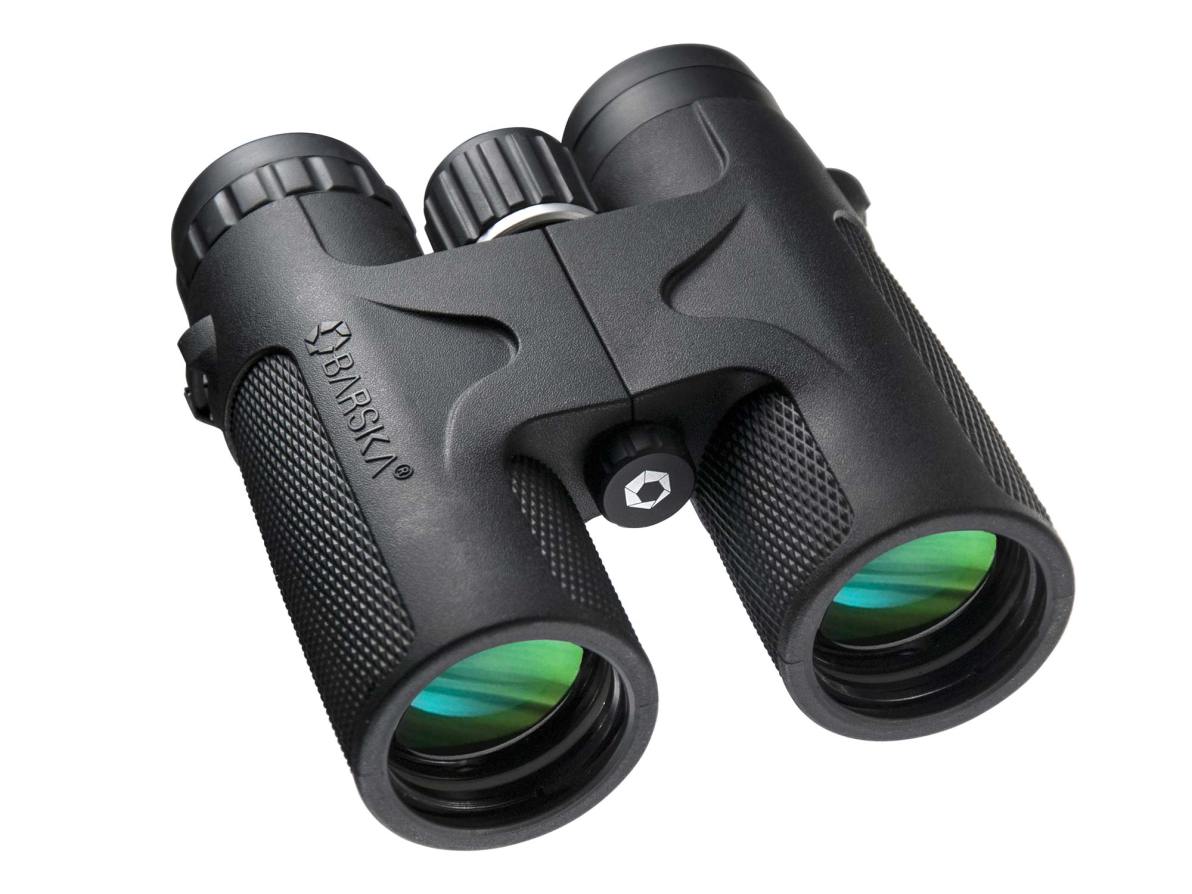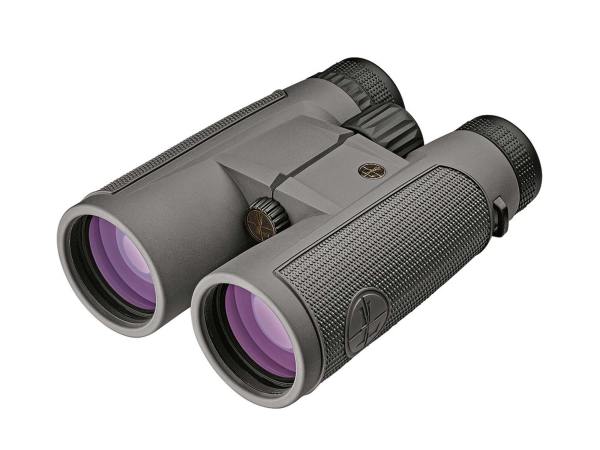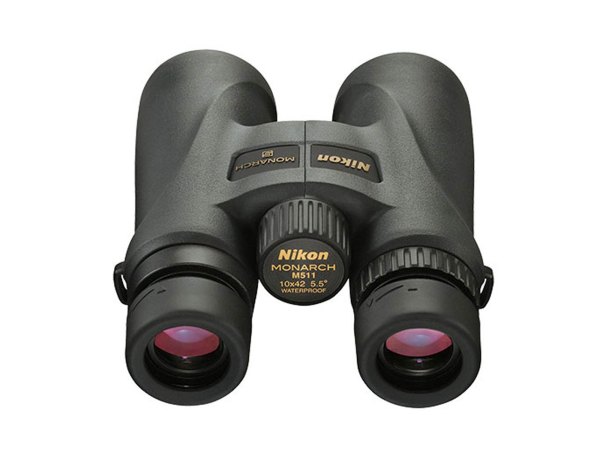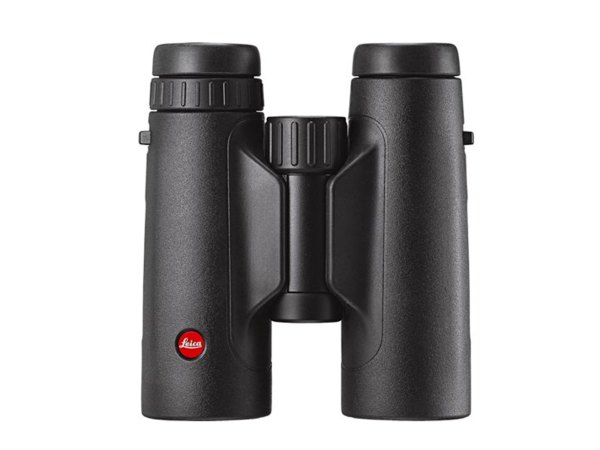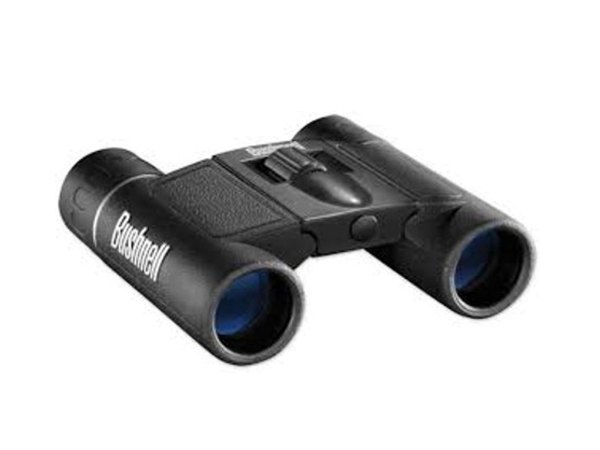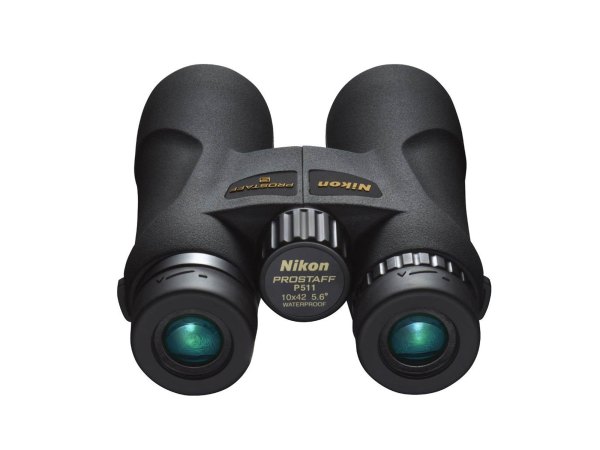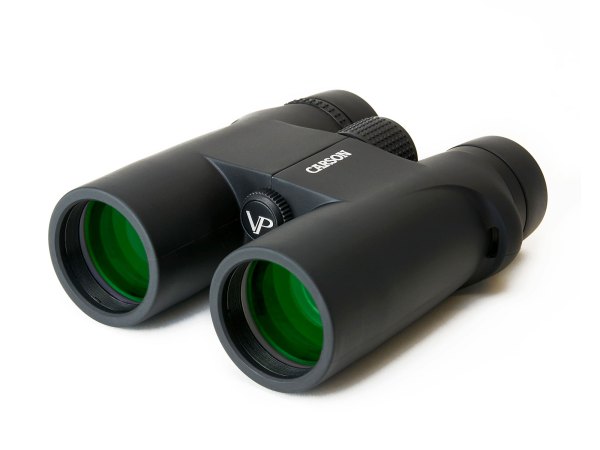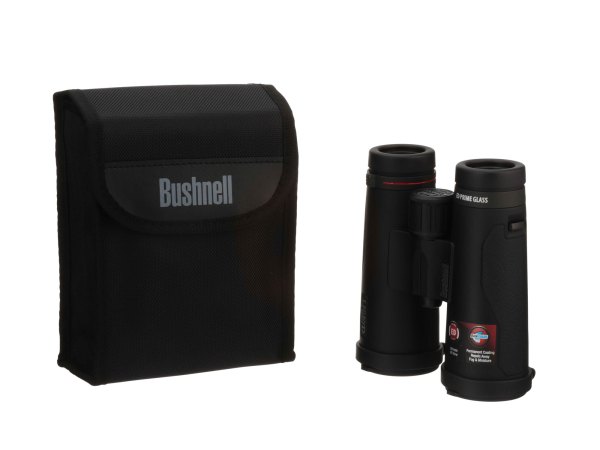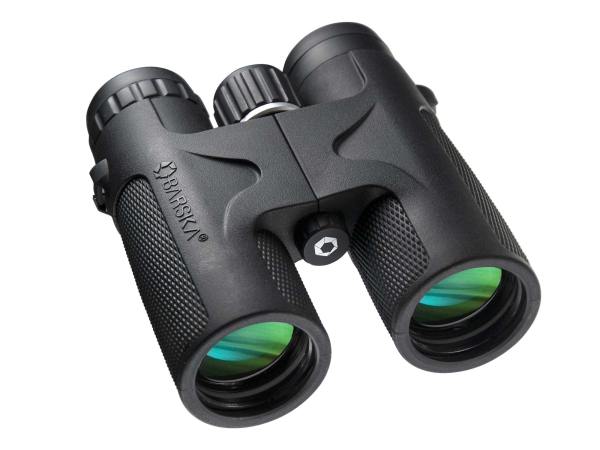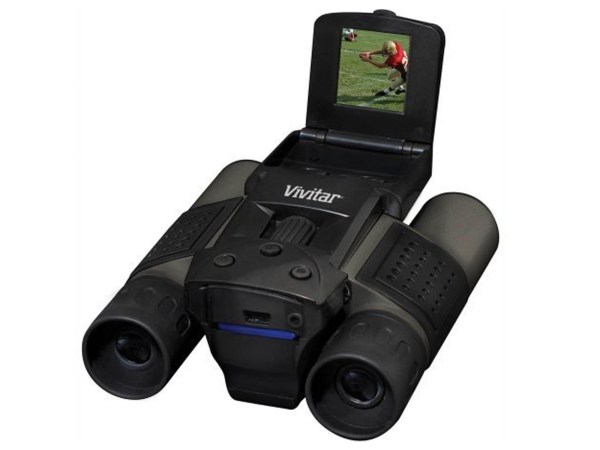We may earn revenue from the products available on this page and participate in affiliate programs. Learn More ›
A good pair of binoculars can help you harvest more big game animals and spot more birds. Binoculars can enable you to locate more animals—and judge the size of animals you locate—from a distance that would be impossible with your normal vision. But figuring out how to choose binoculars that are right for your hunting and adventuring style can be tricky. Binoculars are also one of the most complicated pieces of hunting equipment you can buy, and there are many nuances you should understand when choosing a pair that is right for you.
Price and brand-name are obvious considerations. For the most part you should expect to spend at least $150 on a a binocular. Each year Outdoor Life conducts a review of the best binoculars to hit the market. In that review we give the binocular that represents the best overall value a “Great Buy” award. These award winners usually cost between $130 and $400, which might seems spendy for a “value” binocular. However, quality binoculars require good glass and materials, which are expensive. Going with ultra-cheap binoculars is going to leave you disappointed in the field. So once you commit to spending the cash on a serious set of hunting binoculars, here are the 10 things you need to know about how to choose binoculars.
Leupold BX-1 McKenzie Roof Prism Hunting Binoculars
Magnification
Magnification, or power, is one of the most important considerations in how to choose binoculars, but shouldn’t be the only factor you use to make your purchase decision. To understand magnification, note that it is the first number in a binocular description, such as 10×40. In this case, it has a magnification power of 10, meaning that an object you are looking at will appear 10 times closer than it would to your naked eye. So a buck standing 500 yards away will appear 50 yards away through your 10x binoculars. It might seem logical to think the highest power binoculars are the best, but typically the higher the power, the more sensitive binoculars are to small movements. Consequently, very high power binos can be harder to use for some hunters. For most hunting under normal conditions, 8x to 10x should suffice. If you plan on glassing game at very distant ranges high power binoculars paired with a tripod (many powerful binoculars are threaded for tripod adapters) are a great option. But the Leupold BX-1 McKenzie also does a great job.
Nikon Monarch 5
Objective Lens
The objective lenses are the large lenses on the front of a pair of binoculars, measured in millimeters. The objective lens is the second number in the description, for example the 42 in a set of 8×42 binos. Typical sizes for objective lenses are 25-28 mm for compacts, about 30 mm for mid-sized units, 40 to 42 mm for full-sized binos and 50 mm and higher for very long-range models. The importance of objective lens size is most related to the amount of light a lens will gather. With larger lenses allowing more light, they are typically more effective in low-light conditions. Does that mean run right out and grab a pair with 50 mm lenses? Not so fast, as the larger the objective lenses, the heavier the binoculars. And as you’ll learn later, lens size also relates to other factors yet to be discussed. The Nikon Monarch 5 binoculars are a great option for low-light situations.
Lecia Trinovid
Glass Coating
The coating on binocular lenses—not just the objective lenses, incidentally—are also an important consideration. In fact, coatings are critical to how well you can see faraway animals through your binoculars. Good lens coatings reduce light reflection off the glass surfaces to further enhance the image. With uncoated lenses, light transmission from objective to ocular lenses might be less than 70%, but good lens coatings can raise that to 95% transmission. Coating categories include: Coated, at least one major optical element has a coating on at least one surface; Fully Coated, all lenses and glass surfaces have a coating layer; Multi-Coated, at least one of the major optical elements has multiple coatings of anti-reflective compounds on at least one surface; and Fully Multi-Coated, all glass surfaces have multiple coatings, resulting in 90-95% light transmission. Binos with fully-multicoated lenses, like the Lecia Trinovid are best option if you can afford them.
Bushnell Powerview
Finding the Right Size
Choosing the size of your hunting binoculars involves much more than just how heavy they are when you have to carry them to and from your hunting location. However, that is an important factor that should definitely be considered since an extremely heavy pair can begin weighing you down by the end of a long day afield. Size of binoculars will also be closely related to the size of the objective lenses discussed previously, since big objective lenses yield large binos. If you are dead set on compact binoculars for ease of carry, you’re going to have to sacrifice some image quality. That’s not to say all small binoculars are bad (after all, the best binoculars for hunting are the ones that you always have with you). Even with small objective lenses, good glass with fully multi-coated lenses will still meet your needs quite well. The Bushnell Powerview is a great option for compact binoculars.
Nikon Prostaff 5
Field Of View
If you’re starting to see how complicated binoculars are, that’s good. Now, it’s about to get more complicated. Field of view represents the area in feet that you’ll be able to visualize using your binoculars at a distance of 1,000 yards (basically the area you can see through your binoculars without moving them). Logically, magnification is partially responsible for determining a set of binoculars’ field of view. A wide field of view, like the Nikon Prostaff 5 makes it easier to search an area for an animal without moving your binoculars. A narrow field of view makes it easier to get a closer look at such an animal once located. Since field of view can be affected by lens design, higher power doesn’t necessarily mean a narrower field of view. If you see a binocular manufacturer mention “apparent field of view,” they are simply referring to the “real” field of view multiplied by the binos’ power.
Carson 8x42mm VP Series
Eye Relief
Eye relief refers to the distance between the position at which your eyes can see the entire field of view when looking through the binoculars and the eyepiece lens surface. If your eye is farther away from the eyepiece than the eye relief distance, you lose the outer edge of the picture. In other words, you reduce your field of view, as discussed earlier. The farther away your eye moves from the eyepiece, the smaller portion of the image you see. The longer the eye relief, the easier it is to use the binoculars for long periods of time without fatigue. Likewise, the longer the distance of the eye relief, the more convenient it is to use the binoculars, even when wearing glasses or sunglasses. If you regularly wear glasses or sunglasses while hunting, definitely choose binoculars with longer eye relief. The Carson 8x42mm VP Series is perfect for someone looking to take it easy on their eyes.
Bushnell Legend L Series
Finding The Right Fit
If you’ve never heard of exit pupil, listen up because it is another important factor in your decision on how to choose binoculars. Good binoculars always make a scene appear brighter than it actually is, and that’s because they capture/gather more light than your unaided eye. In a nutshell, exit pupil is determined by dividing the objective lens size by the binoculars’ magnification, and it is expressed in millimeters. For instance, a 10×24 pair of binoculars has an exit pupil of 2.4 mm. Since the average pupil size for humans in regular light is about 3 mm, an exit pupil of 2.4 would make the scene appear darker than it really is. Since much of hunting is done in the low-light conditions of early morning and late evening, opt for an exit pupil of at least 4 mm—5 is even better.
Barska Blackhawk
Focus Type
In binoculars, there are three basic focus types. Center focus with diopter adjustment is most common like the Barska Blackhawk, and features a center focusing wheel along with a separate diopter adjustment that allows you to compensate for unequal vision between your eyes. This type of focus is extremely handy for hunting since you can pre-adjust the diopter once, then do all your fine focusing with the center focusing wheel. For most binoculars, the diopter adjustment is located on the right and will adjust only the right optical system. Individual focus binoculars require you to focus each eyepiece separately. While they can provide very specific focusing, they’re not all that handy for most hunting uses. Fixed focus binoculars are permanently focused for a specific viewing distance and aren’t very useful if not using them at that exact distance.
Bushnell Powerview
Prism Type
Prism type is another somewhat complicated factor that becomes easy to understand once it has been explained. Prism binoculars use convex lenses for both the objective and eyepiece lenses, and incorporate an erecting prism that enables an inverted image to appear upright to the viewer. There are two types of prisms, both with different shapes. Roof prism binoculars, which are the more simple type, allow binos to be constructed more compact and lightweight since the optical axis of the eyepiece and objective lenses can be designed in a straight line. Porro prism binoculars, named for the Italian inventor who came up with the process, are more complicated but enable a bright, sharp field of view from low to high magnifications. While porro prism binoculars generally give a better image, those looking for compact binoculars will likely want a roof prism pair.
Vivitar Digital Binocular Camera
Video Ability
While this might sound way out there to some hunters, improvements in digital camera/video binoculars have made them something to consider. Made with digital cameras—either still, video or both—built in, these binoculars take the place of your old-fashioned binoculars and your digital camera, all in one unit. Note that if you decide to go in this direction, skimping on quality is going to leave you completely unsatisfied with your purchase, as some low-quality sets often yield low-quality photographs, have less sharp images, sometimes have very short battery life and frequently are heavier than normal binos. If you decide to consider binoculars with still/video capabilities, be sure and read plenty of reviews from those who have used them in the field.
